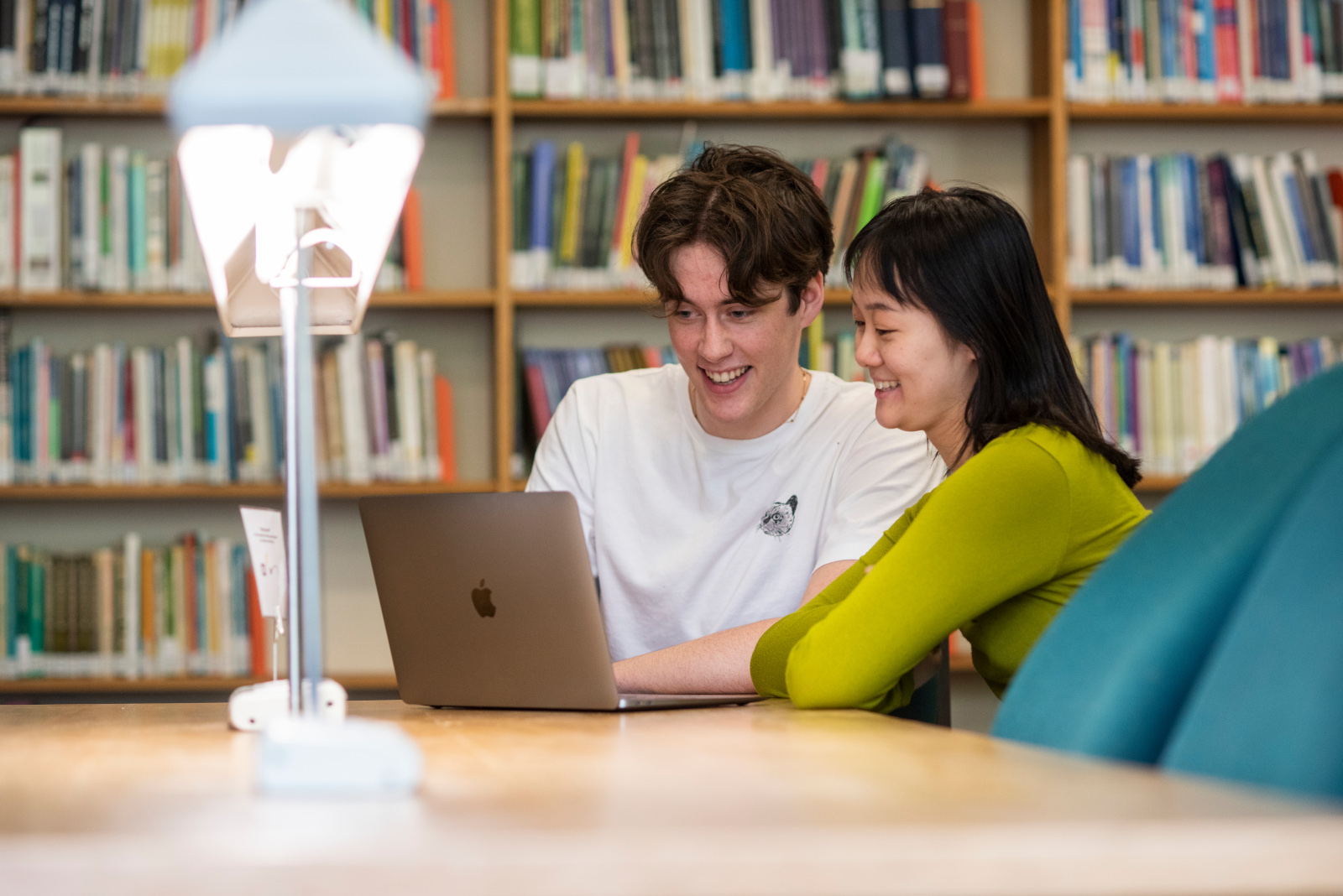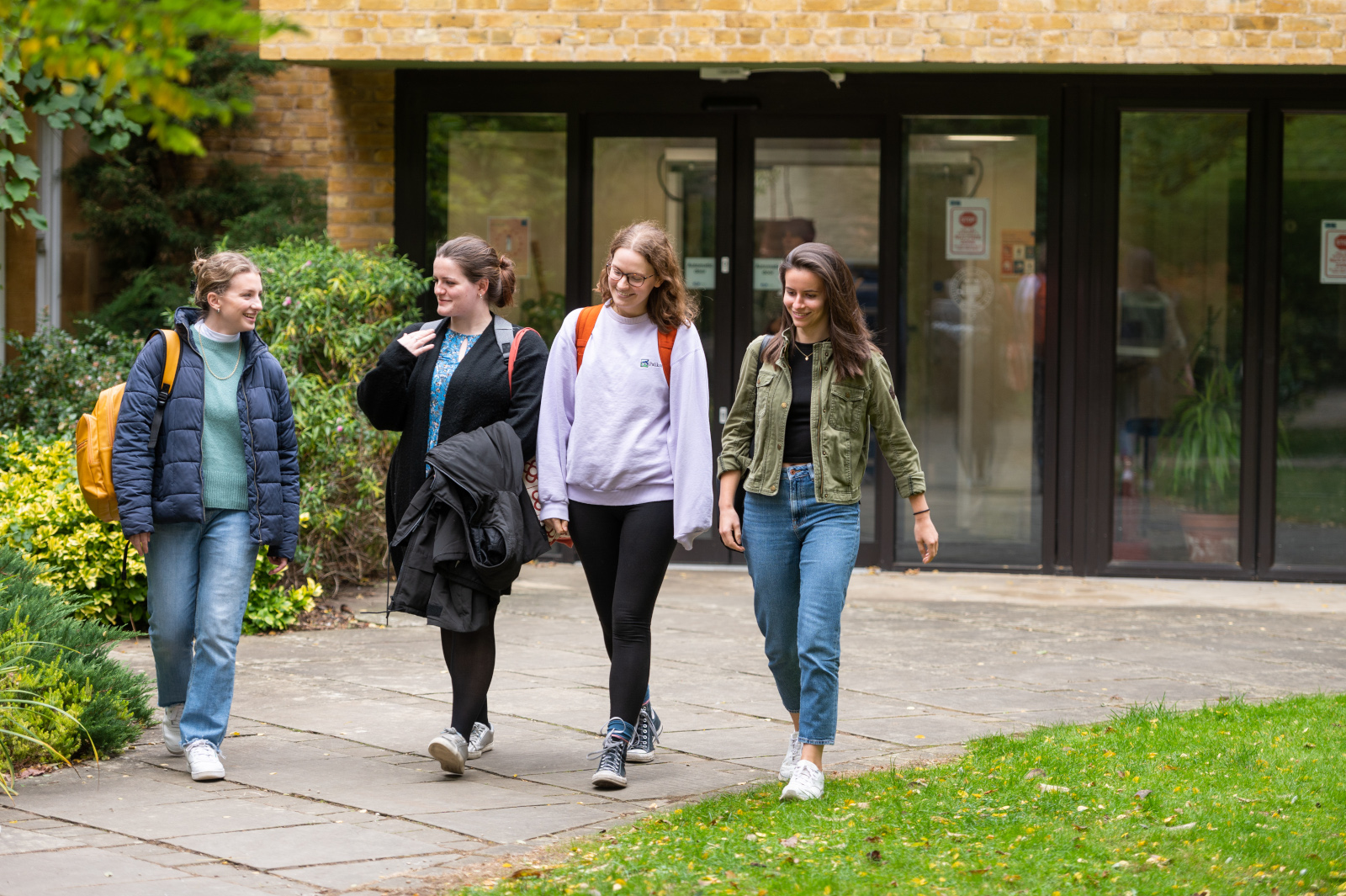Thinking through tianxia: A new/old heuristic for worldwide higher education
Export to calendarBio
Ancient China was the source of two major ideas about the ordering of large human spaces. First, tianxia or ‘all under heaven’, the inclusive and cosmopolitan world as a whole, with no exterior, and governance on the basis of shared values and benefits, which influenced thinking in the Western Zhou dynasty (1047-771 BCE). Second, the centralised nation-state which emerged in the Qin dynasty (221-206 BCE). Both strands run through Chinese history. Tianxia varies between world-centred and China-centred approaches. Since the Qin, the nation-state has been a stronger influence but tianxia remains the method of conceiving the world level, and it impacts state thinking.
In the last twenty years discussion of tianxia has revived, especially through Zhao Tingyang, primarily stimulated by globalisation and the need to understand relations beyond the nation state. As such tianxia has the potential to fill an important gap in higher education theory and practice, because of its spatiality, and its focus on the relational values that maximise universal benefit in a diverse higher education setting. The webinar reviews the different strands of discussion of tianxia, ancient and modern, and develops a tianxia higher education heuristic for interpreting and developing higher education and knowledge. The conclusion summarises eight principles which could be the basis for agreement by diverse organisations and persons in a tianxia world of higher education.
This webinar is part of the free public seminar programme hosted by the Centre for Global Higher Education (CGHE).





